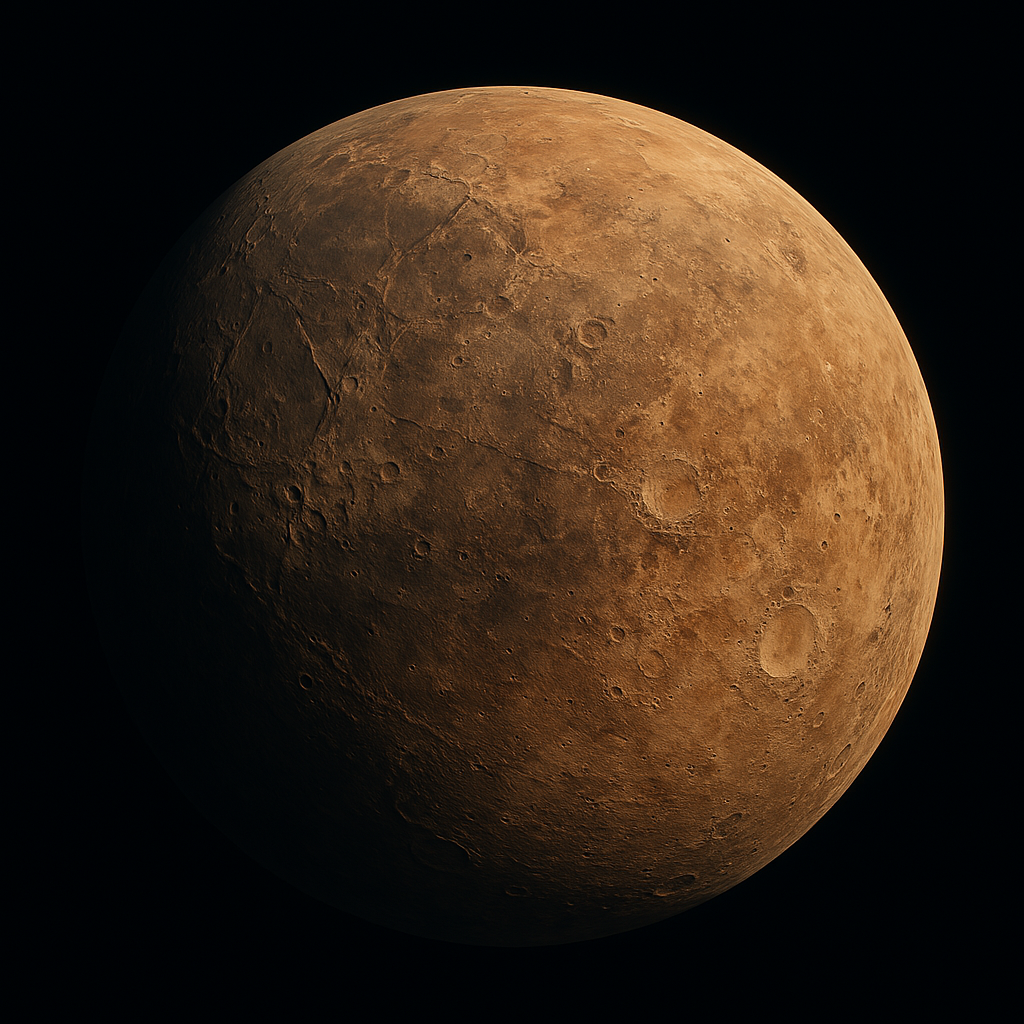Altair I
Geography
Climate
Altair I
Designations
Alternative names: Altair Prime, A1-Centauris
Adjectives: Altairian
Astrographical Information
Galactic Arm
Orion Arm
SystemAltair System
OrbitingAltair
Orbital PositionFirst planet
Orbital Distance0.459–0.512 AUs (68,663,000–76,524,000 km)
Orbital characteristics
Aphelion: 0.512 AU (76,524,000 km)
Perihelion: 0.459 AU (68,663,000 km)
Semi-major axis: 0.485 AU (72,593,500 km)
Eccentricity: 0.0612
Orbital period (sidereal): 92 days
Average orbital speed: 62.3 km/s
Mean anomaly: 197.3°
Inclination- 6.31° – Altair's equator;
- 3.82° – invariable plane;
- 7.14° – J2000 ecliptic
Longitude of ascending node: 109.7°
Time of perihelion: 24.4 days
Argument of perihelion: 254.1°
Moon(s): None
Physical Information
Diameter: 5,136 km (3,191.3 miles)
Mean radius: 2,568 km (1,595.6 mi)
Equatorial radius: 2,570 km (1,596.8 mi)
Polar radius: 2,566 km (1,594.3 mi)
Flattening: 0.00156
Circumference16,142 km; equatorial
16,125 km; meridional
Surface area: 82,710,000 km²
Volume: 7.0937 × 10¹⁰ km³
Mass: 1.96 × 10²³kg
Mean density: 5.29 g/cm³
Surface Gravity: 3.2 m/s²
Moment of inertia factor: 0.346
Escape velocity: 4.85 km/s
Synodic rotation period: 19 days (456 hr.)
Sidereal rotation period: 27.6 days (662.4 hr.) – assumed 3:2 spin-orbit resonance
Equatorial rotation velocity: 65.2 m/s
Axial tilt: 1.7°
Albedo0.112 geometric
0.067 Bond
Temperature: 440 K
Surface Temperature- -170°C (-290°F) Min
- 172°C (342°F) Mean
- 430°C (806°F) Max
Surface absorbed dose rate: 2,860 μGy/h
Surface equivalent dose rate: 3,250 μSv/h
Apparent magnitude: -2.4" to -0.7"
Absolute magnitude (H): 3.1
Atmosphere
Surface pressure
0.069 kPa; 0.000681 atm
Composition by volume- 61.2% Argon
- 19.7% Helium
- 11.4% Sodium vapor
- 6.1% Carbon dioxide
- 1.6% Trace oxygen fragments




Comments